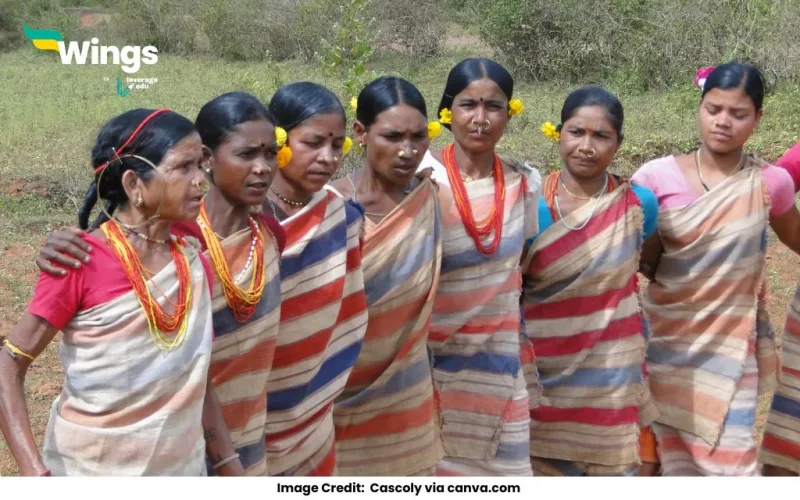Scheduled Castes (SCs) are historically disadvantaged groups subjected to caste-based discrimination, primarily in Hindu society, while Scheduled Tribes (STs) are indigenous communities living in remote areas with distinct cultures. SCs face issues like untouchability, while STs struggle with marginalisation. Both are protected through constitutional provisions, reservations, and welfare programs for their upliftment and development. Other difference between Scheduled Castes and Scheduled Tribes is based on governing bodies, land rights, social status, etc.
Complete Answer:
Here is the key difference between Scheduled Castes and Scheduled Tribes:
| Scheduled Caste | Scheduled Tribe |
| SCs are historically disadvantaged groups that are subjected to caste-based discrimination and untouchability. | STs are indigenous communities that are socially, economically, and geographically marginalised. |
| Predominantly found in rural and urban areas across India. | Primarily inhabit hilly, forested, and remote areas. |
| The cultural and religious practices of SCs are often influenced by Hindu traditions and mainstream culture. | STs have unique traditions, languages, and customs distinct from the mainstream. |
| SCs are listed under Article 341 through a Presidential Order. | STs are listed under Article 342 through a Presidential Order. |
| Article 17 abolishes untouchability against SCs and forbids its practice in any form. Also, laws like Scheduled Castes and Scheduled Tribes (Prevention of Atrocities) Act, 1989 (SC/ST Act) ensure their protection. | There is no equivalent position in the Indian Constitution protecting STs but laws like the Scheduled Castes and Scheduled Tribes (Prevention of Atrocities) Act, 1989 (SC/ST Act) ensure protection from exploitation and marginalisation. |
| Article 15(4) & Article 16(4) provides for reservation of SCs in educational institutions and public employment. | The same provisions apply to STs. |
| Protection of Civil Rights Act, 1955 prevents caste-based discrimination against SCs. | Forest Rights Act, 2006 recognises STs’ rights over forest land and resources. |
| SC Sub-Plan ensures targeted welfare measures for SCs. | Tribal Sub-Plan ensures socio-economic development of STs. |
| The National Commission for Scheduled Castes (NCSC) monitors and safeguards SC rights. | The National Commission for Scheduled Tribes (NCST) monitors and safeguards ST rights. |
| Ministry of Social Justice and Empowerment oversees welfare programs for SCs. | The Ministry of Tribal Affairs is responsible for tribal welfare and development. |
| No special provisions are given to SCs regarding land and resources. | Forest Rights Act, 2006 grants land and forest resource rights to STs. |
| The primary focus of the government is the social integration and mobilisation of SCs to eradicate caste-based discrimination in Indian society. | The government emphasises preserving tribal culture while promoting integration into mainstream society. |
List of SCs and STs in India:
The lists of SCs and STs in India are notified under Article 341 and Article 342 of the Constitution, respectively. These lists vary from state to state, as SCs and STs are context-specific and depend on social and geographical factors.
List of SCs in India:
| States | List of SCs |
| Uttar Pradesh | Jatavs, Balmikis |
| Punjab | Mazhabi Sikhs, Ramdasias |
| Tamil Nadu | Paraiyars, Pallars |
| Maharashtra | Mahars, Matangs |
| West Bengal | Namasudras, Dhobis |
List of STs in India:
| States | List of STs |
| Madhya Pradesh | Gonds, Bhils, Baigas |
| Odisha | Santhals, Juangs, Khonds |
| Jharkhand | Munda, Oraon, Ho |
| Arunachal Pradesh | Apatanis, Adis, Nyishis |
| Rajasthan | Garasias, Sahariyas, Bhils |
Common Social Science Doubts:
 60,000+ students trusted us with their dreams. Take the first step today!
60,000+ students trusted us with their dreams. Take the first step today!


 One app for all your study abroad needs
One app for all your study abroad needs










